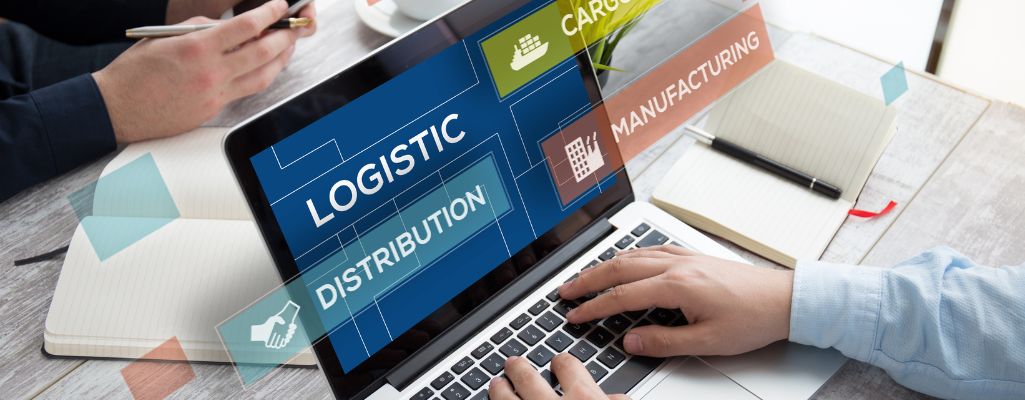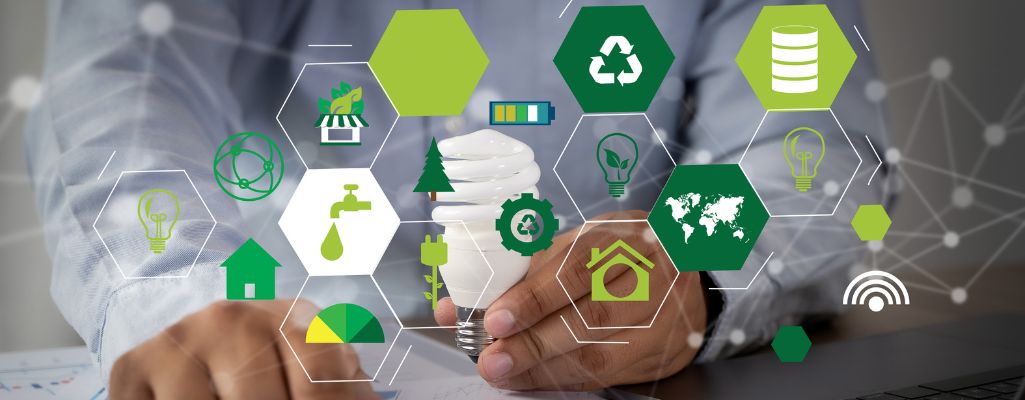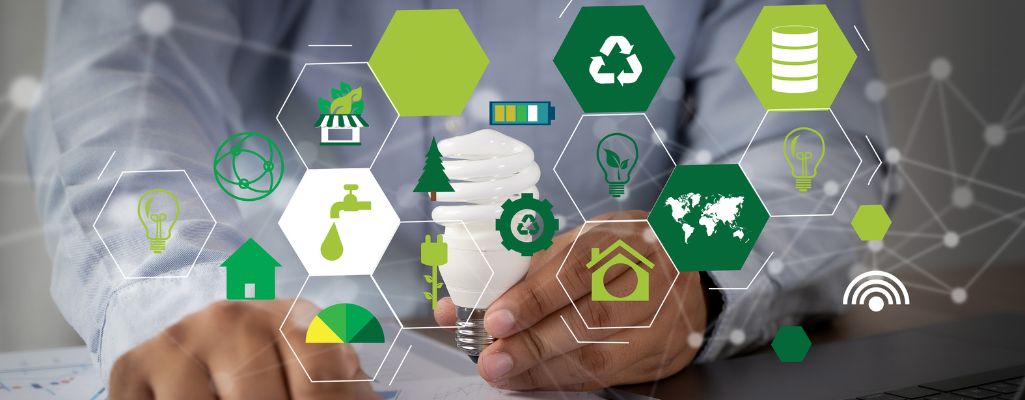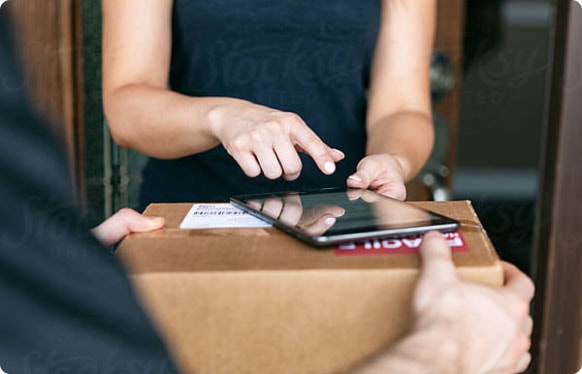Puede que sea por los Objetivos de Desarrollo Sostenible marcados por la ONU para 2030, o porque las empresas cada vez son más conscientes de su importancia, pero la realidad es cada vez son más las que apuestan por una logística sostenible.
Llevarla a cabo requiere de una implicación real por parte de la dirección, que no solo está relacionada con el funcionamiento interno de la empresa, pero también externo.
En las siguientes líneas te vamos a hablar de la también conocida como logística verde o logística ambiental, los beneficios de aplicarla y cómo hacerlo, de manera que le saques el máximo provecho para tu negocio.
¿Qué es la Logística Sostenible?
La logística sostenible es aquella que se encarga de mejorar los procesos de la cadena de suministro, de manera que sean:
- Más eficientes
- Más respetuosos con el medioambiente
- Nos ayuden a mejorar la experiencia de usuario
- Mejoren la percepción que el cliente y nuestros proveedores y distribuidores tienen de nosotros
¿Y esto cómo puede ser? Porque la cadena logística se encarga tanto del suministro de materiales, como del almacenamiento, transformación y posterior distribución del producto creado con esos materiales.
Además, la logística sostenible también está relacionada con apostar por una economía sostenible y actividades sociales de las mismas características.
Dentro de la logística sostenible entran en juego áreas muy variadas: logística inversa; logística de última milla; transporte sostenible o ubicación de los productos, entre otros.
3 beneficios de ser sostenibles en la logística
Introducir y gestionar de manera correcta la logística sostenible en tu negocio te llevará a obtener resultados que mejoren tu negocio en diferentes áreas, tal y como acabamos de ver.
Entre los más destacados cabe señalar los siguientes: reducción de emisiones de gas, mejora de la reputación de marca y alineación de los objetivos gubernamentales.
#1Reducir las emisiones de gas
Por lo general, esa emisión está relacionada con la gestión de transporte sostenible. ¿Y esto cómo se consigue?
-
- Trabajando con empresas de cercanía
- Utilizando combustibles más sostenibles
- Reduciendo y ahorrando en el uso del combustible
- Renovando la flota de vehículos por medios de transporte sostenibles
- Mejorando los productos y experiencia del usuario para reducir al máximo las operaciones de logística inversa
- Mejorando los procesos de flujo de mercancías
- Reduciendo los materiales que emitan gases, tanto en la distribución, como en la transformación de los mismos
De esta manera, no solo vas a conseguir reducir la emisión de gases, sino que también vas a reducir los tiempos de distribución y el coste de los mismos.

#2Refuerza la reputación de la marca
Teniendo en cuenta que vivimos en una sociedad cada vez más comprometida con el cuidado del medioambiente, apostar por tener una empresa sostenible y hacerlo de manera honesta, sin que esto supongo una operación conocida como Green Washing (lavado verde), te llevará a conectar mejor con tus clientes.
En este sentido, la transparencia se impone. ¿Cómo? Publicando las mejoras que se van haciendo en la empresa para alcanzar una empresa sostenible y demostrando que son reales.
En lo que a los productos se refiere, que los materiales con los que se elaboran sean sostenibles y/o que el packaging también lo sea y el cliente sea conocedor de ellos, también te ayuda a mejorar tu reputación de marca y a aumentar la fidelidad de tus clientes.
#3Alineación con la normativa y los objetivos gubernamentales
Desde que en septiembre de 2015 se establecieran los 17 objetivos de desarrollo sostenible por parte de la ONU, cada vez son más numerosas las empresas que se adhieren a los mismos.
Entre esos objetivos marcados por los líderes mundiales, la sostenibilidad es una de las grandes protagonistas y se traduce en las siguientes acciones.
- Sostenibilidad al emplear energías limpias
- Al innovar en las infraestructuras
- Al crear comunidades sostenibles
- Al hacer una producción y consumo responsable de productos
- Al llevar a cabo acciones para luchar contra el cambio climático
- Al respetar la vida de los ecosistemas terrestres y marinos
Alinearse con dicha normativa y objetivos contribuye, no solo a formar parte de una empresa que lucha por dejar un mundo mejor, sino que de esta manera también eliminan las sanciones que los gobiernos firmantes impondrán a aquellas empresas que no respeten dichos acuerdos.
Elementos de la logística sostenible
Como ya hemos dicho antes, la logística verde abarca varias áreas del negocio, que se recopilan en las 4 siguientes:
Transporte
Se buscan modelos de vehículos que consuman la menor cantidad de combustible posible y que, además, el que utilice sea 100% sostenible.
Las empresas se plantean si es más conveniente y sostenible para la empresa subcontratar ese servicio o tener su propia flota de vehículos, con lo que eso supone de cara a su mantenimiento.
Almacenamiento
En todo momento se busca tener un almacenamiento sostenible para lo que es necesario: distribuir los materiales o productos, teniendo en cuenta el uso que se va a dar a los mismos y haciendo que el desplazamiento por el almacén sea lo más sencillo posible.
De la misma manera, y para evitar el desperdicio de productos y la rotura de stock, se busca una gestión logística eficiente del almacén. Esto se puede lograr gracias a un software a medida.
Distribución
En este punto se busca optimizar las rutas de reparto o recogida de materiales y productos, con el fin de emitir la menor cantidad de CO2 posible.
Las entregas en el mismo día, que es uno de los retos a los que se enfrentan tanto las empresas de distribución, como los propios servicios de entrega y recogida de los negocios, son otro de los puntos a tener en cuenta.
A tener en cuenta porque es necesario cumplir dos objetivos que no siempre son compatibles: que las entregas se hagan en plazo y de manera eficiente, y que sean sostenibles.
Packaging
Es uno de los puntos en los que más se fijan aquellos consumidores que están concienciados con el cuidado del medioambiente.
Por eso, emplear materiales sostenibles y, sobre todo, estudiar qué materiales son realmente necesarios o no para el mantenimiento del producto, dejando de lado el apartado más marketiniano o combinando sostenibilidad y diseño en un mismo packaging.

¿Cómo es posible implementar una logística sostenible?
Las opciones son múltiples. A continuación te dejamos algunos ejemplos de logística sostenible en empresa:
- Crea una política sostenible de contratación: es decir, que aquellas empresas que te presten servicios, te aporten material a las que subcontraten tareas, sean sostenibles a su vez.
- Optimizar los procesos para hacerlos más sostenibles: reduciendo tanto emisiones de gases nocivos, como de materiales, distribución, ahorro energético y económico.
- Recicla tus propios desechos: de manera que reduzcas la cantidad de materiales desechados, dándoles, además, una nueva vida.
Apuesta por negocios de kilómetro cero: además de generar riqueza en tu entorno, también reduces el número de desplazamientos, lo que contribuye a reducir la contaminación.
Conclusión
Como has podido ver, aplicar la logística sostenible a tu negocio tiene importantes ventajas sociales, medioambientales y de negocio. Hacerlo es sencillo y la sociedad lo impone cada vez más. ¿Será tu empresa la siguiente?



